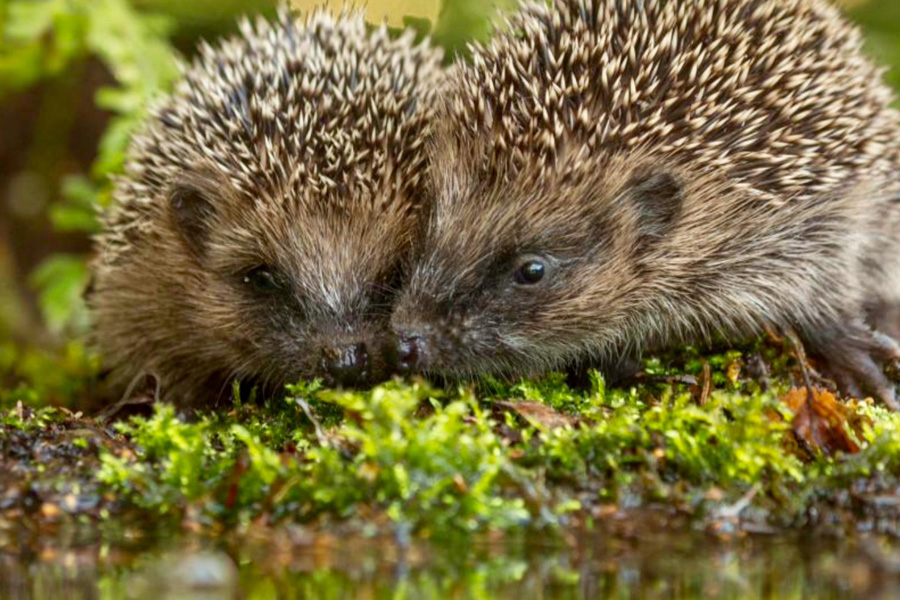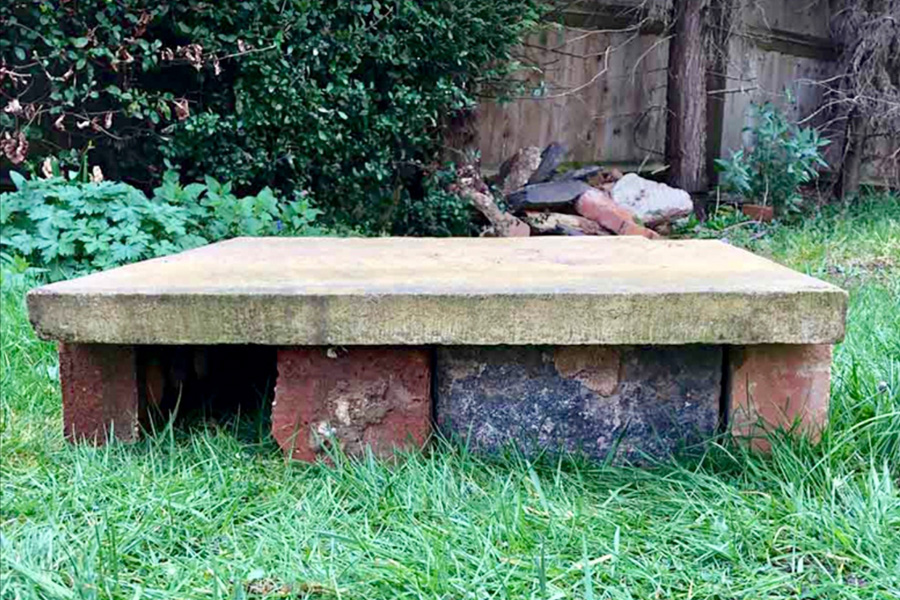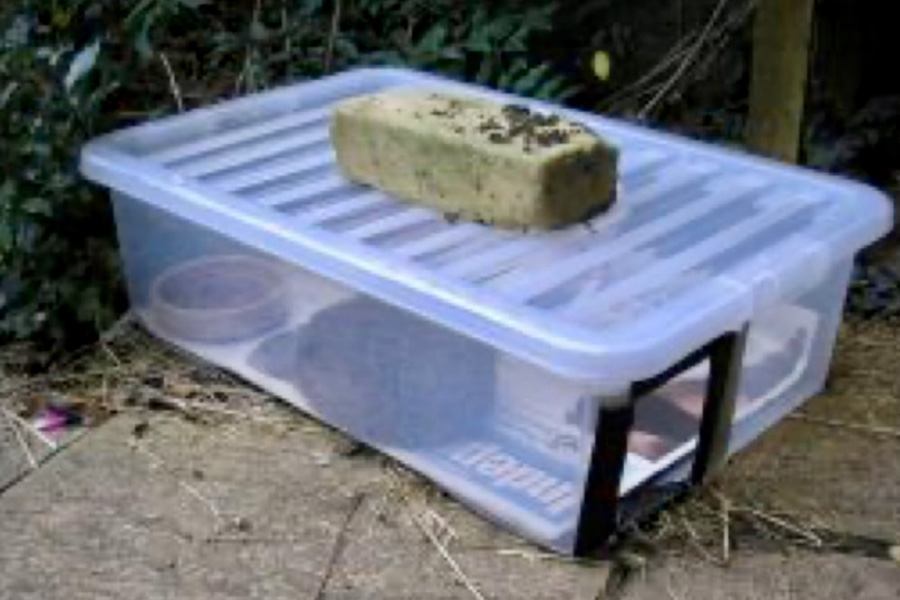Helping Hedgehogs

Even though the sun has shone on occasions, it has been a bleak start to 2021. However, let’s cast our thoughts forward to longer, warmer days and the onset of spring.
Already the bulbs are popping up and the trees are starting to bud. Over the next few weeks, once the days warm up a bit, our population of hedgehogs will be waking up too.
We know that we have a reasonable population on Beckets Grove. I had at least two visit every evening last summer and autumn, and my neighbour and I had rescued hogs from Pact. We provided a shelter, water and food to help them settle into their new surroundings.
Unfortunately, throughout the UK, rural hedgehogs have declined by half and suburban hogs by a third. This is mainly due to the use of pesticides, fungicides and herbicides killing off their food sources and of course, habitat loss.
However, there is a great deal we can do on Beckets Grove to help our spiny friends thrive.
First and foremost we need to open up the development and create one continuous habitat as hogs can roam up to 12 miles in a single evening. Not bad when you’ve only got short legs! The easiest way to open up Beckets Grove, and you could do it today, is to cut, at least one, 12cmx12cm hole in the bottom of your garden fence. Ideally this hog gateway would lead into another garden but by providing an access point into your own, you may get some spiky evening visitors.
So now that our hedgehogs can physically get into our gardens, how can we encourage them to linger? Putting out the right type of food for hogs is vitally important. The old tales of bread and milk are a big, BIG no no! Bread has no nutritional value and milk causes diarrhoea. There are several specially prepared foods on the market now that are nutritionally balanced. Meat based dog and cat food is a great option too, especially chicken flavour. And please, always offer fresh water especially in the heat of summer. It’s also a good idea to provide a cover or shelter so that your visiting hedgehogs can feed underneath it in privacy and relative safety and it would stop cats getting at the food too. There’s a great little video on the Gardener’s World website about making a hedgehog feeding station or loads on You Tube.
Ideas for feeding stations
Of course, once hogs are visiting your garden, they will be on pest control duties, foraging for their natural foods including worms, snails, slugs, caterpillars and beetles. Therefore please be thoughtful when you are using garden pest control yourselves. It’s not just hogs who suffer from poisoning but birds too. Rather than using traditional slug pellets, wool pellets are quite successful for small areas and slug nematodes are really good. You need to start early with slug control though, as soon as the days start to warm, even as early as March and April to kill these pests dead in their tracks before they start breeding. Beer traps work brilliantly too and at least the slugs die happy!
Later in the year your neighbourhood friends will be looking for a warm, dry place to spend the colder months over winter. This could be as simple as a pile of twigs and leaves in the corner of your garden under a hedge or tree. When you’re tidying up your garden in the autumn, try and leave a corner undisturbed and you never know, it could make the perfect winter shelter. There are also manufactured hog houses on the market or it’s pretty easy to make one from house bricks or logs, covered with plastic sheeting. You could also use the plastic box idea similar to the feeding station design, covered in logs and leaves. Just try and make a tunnel, maybe from a plastic pipe, again 12cm x 12cm and 40 cm long, leading into the main bedding area so any nosey predators can’t get to the sleeping hog. Fill your hog house with garden leaves rather than straw as hedgehogs prefer this more natural smell.
On a final note, here on Beckets Grove we feel passionate about the removal of chicken wire that has been installed around the development. A resident witnessed a hoglet caught up in this wire and as a result perished. We feel chicken wire is an impermeable barrier to wildlife, should be avoided and does not help to create that continuous habitat so valuable to our local wildlife.
Helen Stewart


